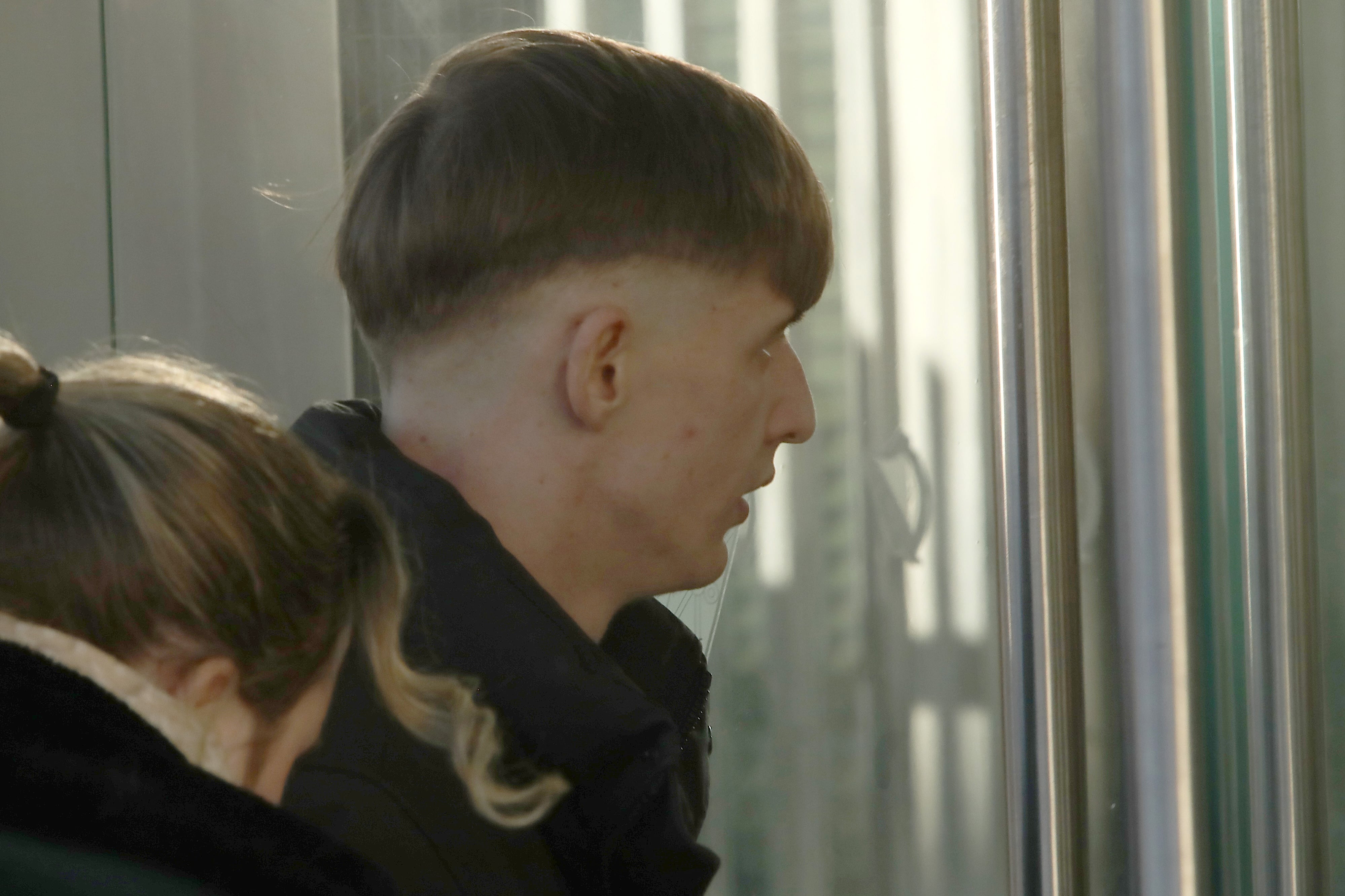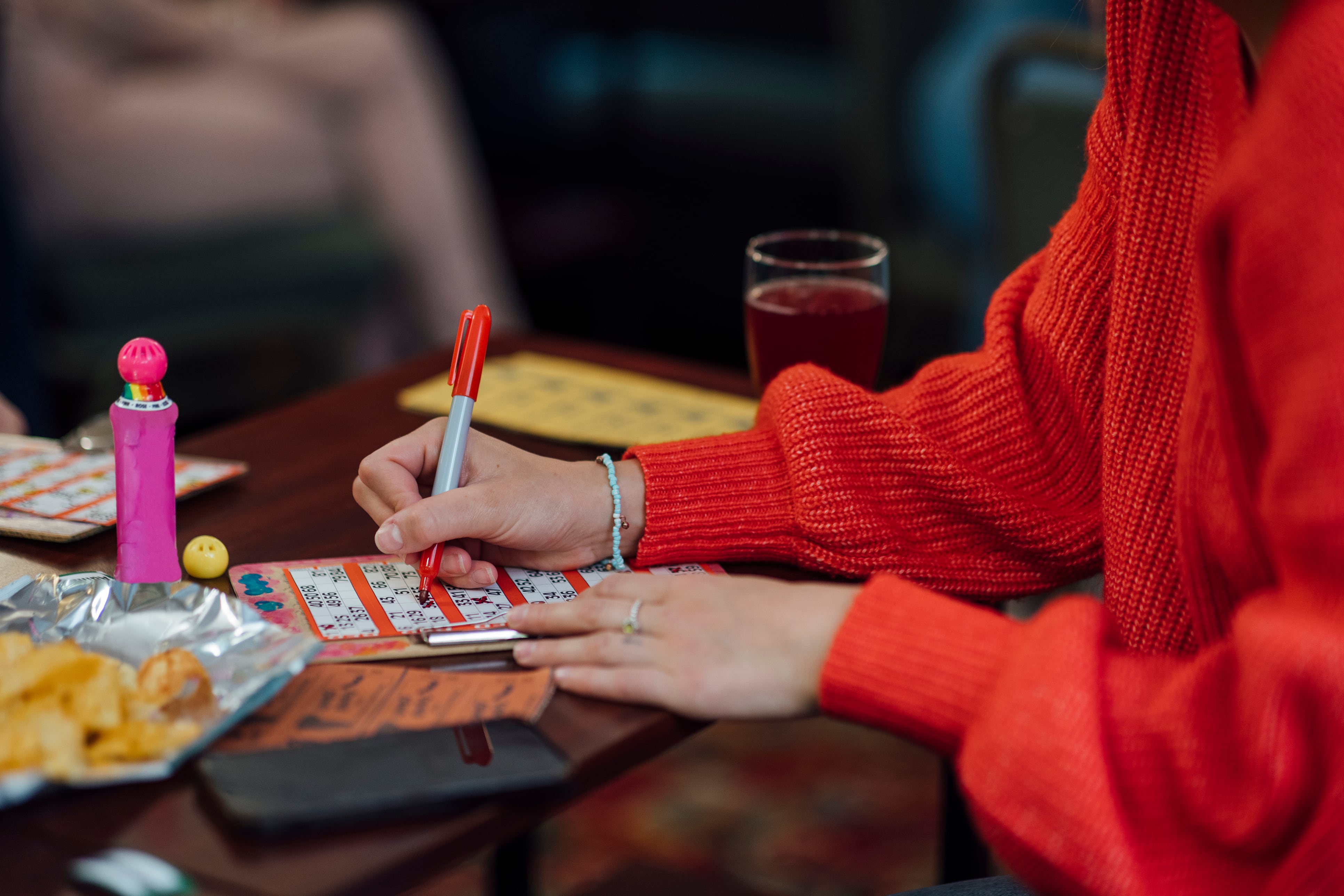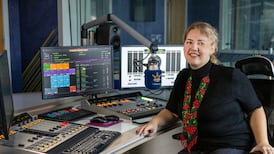How did you get involved in research into earthquakes?
In 2011, I left home in Newcastle, Co Down, to study chemical engineering at Imperial College London, but realised straight away I was not an engineer. I noticed that my friends were having a lot of fun on the geology and geophysics course.
My mother is a geologist by training, it was in the background as I was growing up, so I made that switch across. I decided to focus on geophysics and I got selected to do my third year of undergraduate abroad at the University of California, Berkelely, where I got involved in seismology research, then I did my PhD at the University of Oxford.
Did you go straight from the PhD into the post you have now at Dublin Institute for Advanced Studies?
READ MORE
No. I did a master’s in poetry at Queen’s University Belfast. I was lucky enough to get a Michael Longley scholarship at the Seamus Heaney Centre. My partner, Milena Williamson, is a practising poet, so we spend a lot of time reading and discussing poetry.
You moved back into scientific research. What are you researching now?
I’m now funded by Research Ireland on a Government of Ireland postdoctoral research fellowship to look at how machine learning techniques could help us to apply seismic data in new ways.
What kind of data are you working on?
Earthquakes excite the Earth’s subsurface over a small area, and waves of energy then propagate through the solid earth. Depending on the depth of the waves and the materials they encounter, they can have some very complex interactions.
The ground response that seismometers measure at the surface contains all this information. So at DIAS we are applying machine learning to the seismic data, to extract as much information about the subsurface from the data as possible.
Where could this kind of insight be applied?
I’m working with Prof Chris Bean, who has a big research interest in volcanoes. The subsurface of a volcano is known to be among the most seismically scattering environments on Earth, and it is very hard to use conventional methods to model what is going on.
Machine learning might help us improve our understanding of scattered waves, pointing us to features of interest in the volcano. My project builds on previous work led by Dr Gareth O’Brien.
Does this mean you go on field trips to volcanoes?
Not for this project. The focus is to develop the methods for analysis, so the field work component is not there. Luckily at DIAS we have collaborations with institutes in Iceland and Europe. It’s really nice to have that sort of expertise available, and the vision is to try and apply our approach in the field in the future.
What is the most challenging aspect of being a researcher?
I think one of the big challenges in research is how to communicate to the public, especially when you have lived and breathed a project for a long time. You have to step back and take that broader look, ask yourself why you are doing the work and what might people find interesting.
Apart from poetry and research, what do you like to do?
I’m a marathon runner. I’ve been running since I was 12, and I’m proud to say that in 2019 I did my best time at the Dublin Marathon, which was two hours and 16 minutes.
A time of 2:16, that is extremely impressive!
Well I enjoy running, and there’s a real buzz in the sport in Ireland at the moment, it’s very exciting.
- Sign up for push alerts and have the best news, analysis and comment delivered directly to your phone
- Join The Irish Times on WhatsApp and stay up to date
- Listen to our Inside Politics podcast for the best political chat and analysis










